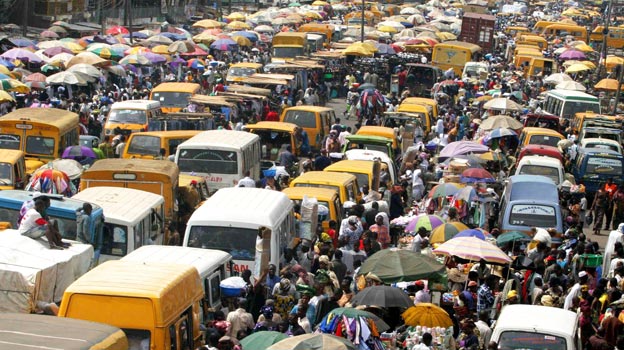 The Nigerian government has spent $1.66 billions in servicing her external debt in one year, from July 2018 to June 2019.
The Nigerian government has spent $1.66 billions in servicing her external debt in one year, from July 2018 to June 2019.
An analysis of the data obtained from the Debt Management Office (DMO) also showed that within the one-year period, the country’s external debt rose from $21.59 billion to $27.16 billion.
This indicates that the country’s external indebtedness increased by $5.57 billion within the period, showing an increase of 25.8 percent.
A breakdown of the debt servicing expenditure shows that the country spent $194.44 million in the third quarter of 2018 while in the fourth quarter of 2018, a total of $849.97 million was spent on external debt servicing.
In the first quarter of this year, a total of $367.26 million was expended on external debt servicing while in the second quarter, a total of $252.3 was spent.
The external debt stock as of September 2018 stood at $21.59 billion. It rose to $25.27 billion as of December 2018.
The rise in the domestic debt profile of the country has caused increasing concern within and outside government circles because of the high interest rate payable especially on domestic loans.
Recently, the International Monetary Fund (IMF) said that the government was spending more than 50 percent of its resources on debt servicing.
Despite the warnings, the Federal Government insists that the country does not have a debt problem but a revenue challenge.

NNPC Ltd Enters Final Stages Of Preparation For Public Listing
Dangote Refinery Halts Naira Sales, Cites Dollar-Denominated Crude Costs
Court Orders Arraignment Of Ex-First Bank Executives Over Alleged ₦12.3Bn Fraud
Renaissance Energy Completes Landmark Acquisition Of SPDC